Home>Maintenance & Safety>Safety Equipment & Products>How To Childproof A Bedroom
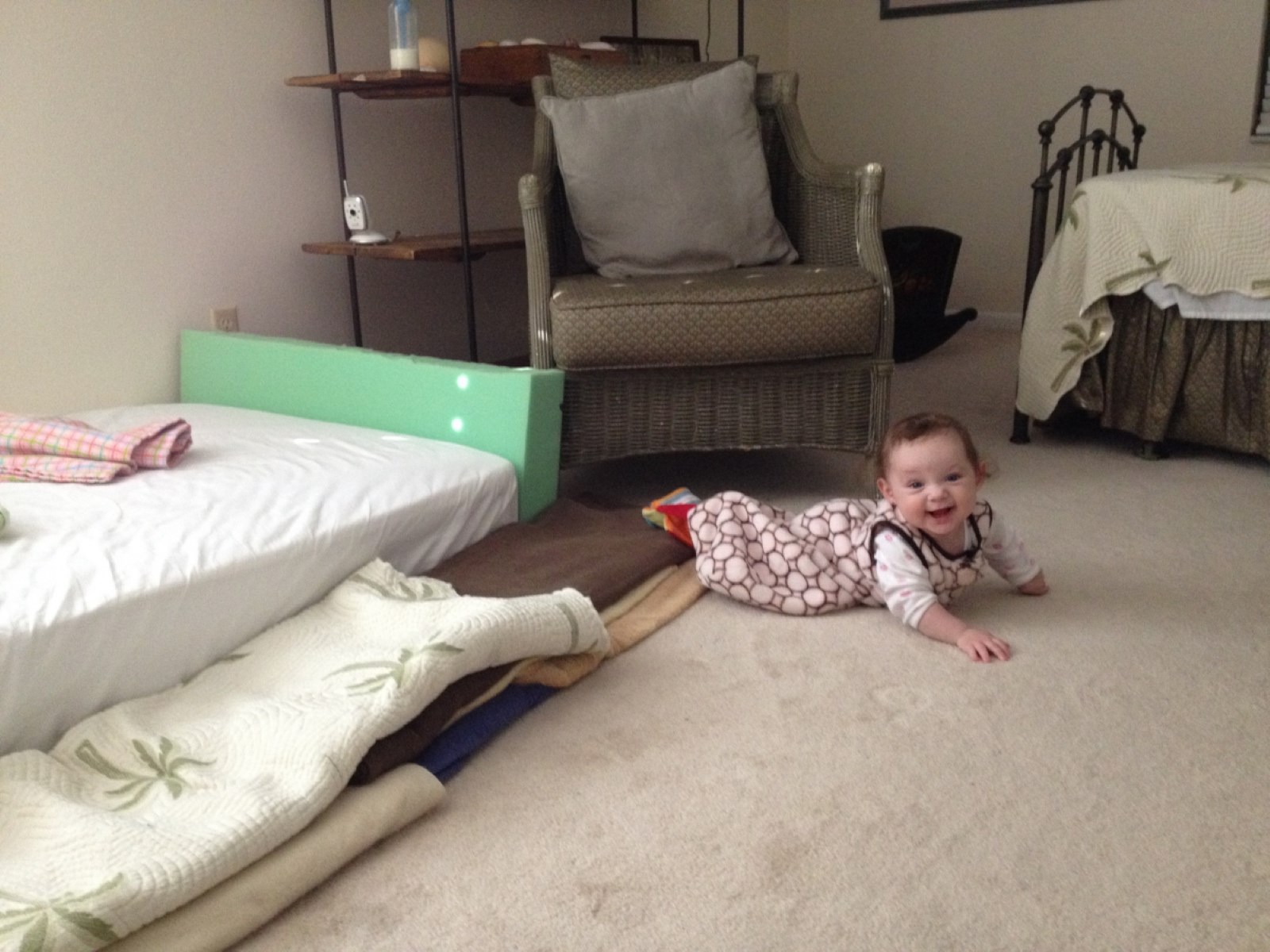

Safety Equipment & Products
How To Childproof A Bedroom
Modified: January 14, 2024
Learn how to childproof your bedroom with safety equipment and products. Keep your little ones safe and secure with these essential tips and tricks.
(Many of the links in this article redirect to a specific reviewed product. Your purchase of these products through affiliate links helps to generate commission for Storables.com, at no extra cost. Learn more)
Introduction
Welcome to the ultimate guide on creating a safe and secure bedroom environment for your little ones. As a parent, ensuring the safety of your child is a top priority, and the bedroom is a space where potential hazards can lurk. By childproofing this area, you can provide a secure haven for your child to rest, play, and grow.
In this comprehensive guide, we will explore a range of practical and effective strategies to childproof a bedroom, covering everything from securing furniture and decor to choosing safe bedding and mattresses. We will also delve into the installation of safety gates, the importance of keeping small items out of reach, and the securement of windows and blinds. Additionally, we will discuss the creation of a safe play area within the bedroom, ensuring that every corner of the space is optimized for your child's well-being.
Whether you are preparing a nursery for a newborn or childproofing a room for a toddler or young child, the information provided here will empower you to make informed decisions and take proactive steps to safeguard your child from potential hazards. Let's embark on this journey to create a bedroom that not only nurtures your child's development but also prioritizes their safety and security.
Join me as we explore the essential steps and considerations for childproofing a bedroom, providing you with the knowledge and confidence to transform this space into a protective and nurturing environment for your little one.
Key Takeaways:
- Childproofing a bedroom involves securing furniture, choosing safe bedding, and installing safety gates to create a safe haven for kids to play and rest, minimizing potential hazards and promoting their well-being.
- By implementing practical strategies like keeping small items out of reach and creating a safe play area, parents can transform the bedroom into a secure and inviting space for children to thrive, ensuring their safety at every turn.
Read more: What Makes Childproof Containers Childproof?
Assessing Potential Hazards
Before embarking on the childproofing journey, it is crucial to conduct a thorough assessment of the bedroom to identify potential hazards. This proactive approach allows you to address safety concerns effectively and implement targeted solutions. Here are key areas to consider when assessing potential hazards:
- Furniture Stability: Examine the stability of all furniture in the bedroom, including dressers, nightstands, and bookshelves. Ensure that these items are secured to the wall to prevent tipping, especially if young children may attempt to climb them.
- Electrical Outlets and Cords: Take note of accessible electrical outlets and loose cords. Consider installing outlet covers and cord organizers to eliminate potential electrical hazards.
- Small Objects and Choking Hazards: Identify small items such as toys, coins, or jewelry that could pose a choking risk to young children. Keep these items out of reach or secured in childproof containers.
- Window Treatments: Assess the window treatments in the bedroom, ensuring that cords and blinds are safely secured to prevent entanglement hazards.
- Flooring and Rugs: Evaluate the flooring and rugs for any tripping hazards, loose carpeting, or sharp edges. Secure rugs in place and address any flooring concerns that could lead to accidents.
- Access to Medications and Toiletries: If the bedroom includes a bathroom area, assess access to medications, cleaning supplies, and toiletries. Store these items in locked cabinets or out of reach of children.
By conducting a comprehensive assessment of these potential hazards, you can gain a clear understanding of the safety risks present in the bedroom. This knowledge forms the foundation for implementing targeted childproofing measures, ultimately creating a secure environment where your child can thrive without unnecessary risks.
Securing Furniture and Decor
When childproofing a bedroom, securing furniture and decor is paramount to prevent accidents and injuries. Young children are naturally curious and may inadvertently interact with items in the bedroom, making it essential to take proactive measures to enhance safety. Here are key strategies for securing furniture and decor:
- Anchor Furniture: Use furniture straps or anchors to secure dressers, bookcases, and other tall furniture to the wall. This prevents tip-over accidents, especially when children attempt to climb or pull themselves up using the furniture.
- Softening Sharp Edges: Install corner guards or edge protectors on furniture with sharp edges, such as tables and nightstands. These protective measures minimize the risk of injuries from accidental collisions.
- Secure Heavy Decor: Ensure that heavy decor items, such as wall art or mirrors, are securely mounted to the wall. Use appropriate hardware and anchors to prevent these items from falling if tampered with.
- Childproofing Drawers and Cabinets: Install drawer and cabinet locks to prevent young children from accessing potentially hazardous items, including sharp objects, small parts, or choking hazards.
- Safe Placement of Decorative Items: When arranging decor items such as lamps, vases, or picture frames, prioritize stable placements out of reach of children. Consider elevated surfaces or wall-mounted decor to minimize the risk of accidental contact.
By implementing these strategies, you can significantly reduce the likelihood of furniture-related accidents and create a secure environment where your child can explore and play without unnecessary risks. Securing furniture and decor not only enhances safety but also provides peace of mind for parents, knowing that potential hazards have been effectively addressed.
Choosing Safe Bedding and Mattresses
When creating a safe and comfortable sleeping environment for your child, selecting safe bedding and mattresses is of utmost importance. The right bedding and mattress choices contribute to both safety and quality sleep for your little one. Here are essential considerations when choosing safe bedding and mattresses:
- Crib and Toddler Bed Mattresses: For infants and toddlers, opt for firm crib mattresses that fit snugly within the crib or toddler bed frame. Ensure that the mattress is free from gaps that could pose an entrapment hazard.
- Hypoallergenic Bedding: Choose hypoallergenic bedding materials to minimize the risk of allergic reactions or respiratory issues. Look for bedding labeled as hypoallergenic, especially if your child has sensitivities or allergies.
- Properly Fitted Sheets: Use fitted sheets specifically designed for crib or toddler bed mattresses. A well-fitted sheet reduces the risk of entanglement and ensures a secure sleeping surface for your child.
- Avoiding Loose Bedding: In cribs and toddler beds, refrain from using loose bedding items such as blankets, comforters, or pillows, as these can pose suffocation hazards. Instead, opt for sleep sacks or wearable blankets for warmth.
- Waterproof Mattress Protectors: Consider using waterproof mattress protectors to safeguard the mattress from spills, accidents, and potential mold or mildew development. These protectors also contribute to easier cleaning and maintenance.
- Regularly Inspect Bedding: Routinely inspect bedding for signs of wear, tear, or damage. Replace bedding items that show signs of deterioration to maintain a safe sleeping environment for your child.
By prioritizing safe bedding and mattresses, you can create a secure and comfortable sleep space for your child, promoting restful sleep and overall well-being. These considerations not only contribute to safety but also support healthy sleep habits, nurturing your child’s development and ensuring a peaceful bedtime routine.
Installing Safety Gates
As children become more mobile, installing safety gates becomes a crucial step in childproofing the bedroom and other areas of the home. Safety gates provide a physical barrier to prevent access to potentially hazardous areas, ensuring that children can explore and play in designated safe zones. Here’s how to effectively install safety gates in the bedroom:
- Choose the Right Gate: Select safety gates that are designed specifically for the intended purpose, whether it’s at the doorway, the top or bottom of stairs, or to enclose a play area. Look for gates that meet safety standards and are appropriate for your child’s age and development.
- Proper Installation: Follow the manufacturer’s instructions carefully when installing safety gates. Ensure that the gate is securely mounted and that there are no gaps that could pose an entrapment hazard for your child.
- Consider Retractable Gates: In areas where a traditional swing gate may be impractical, such as wide openings or high-traffic areas, consider using retractable gates that provide a flexible and secure barrier when needed.
- Gate Maintenance: Regularly inspect and maintain safety gates to ensure continued effectiveness. Check for any signs of wear, loose hardware, or damage, and address any issues promptly to uphold the gate’s safety features.
- Communication and Education: Educate family members, caregivers, and older siblings about the proper use of safety gates. Clear communication ensures that everyone understands the importance of maintaining a secure environment for the child.
By installing safety gates strategically in the bedroom, you can create a safe and contained space where your child can play and explore under your watchful eye. Safety gates offer peace of mind for parents, knowing that potential hazards, such as stairs or restricted areas, are effectively blocked off, allowing children to navigate the bedroom safely and independently within the designated boundaries.
Install safety latches on drawers and cabinets to keep dangerous items out of reach. Keep cords and blinds out of reach and secure heavy furniture to the wall to prevent tipping.
Read more: How To Childproof A Fireplace
Keeping Small Items Out of Reach
Small items and objects in the bedroom can pose choking hazards or other risks to young children. It’s essential to implement strategies to keep small items out of reach, minimizing the potential for accidents or ingestion of harmful objects. Here are practical steps to achieve this:
- Utilize Childproof Containers: Store small items such as jewelry, coins, buttons, or craft supplies in childproof containers with secure lids. These containers prevent easy access and reduce the risk of accidental ingestion.
- Regular Floor Inspections: Routinely scan the bedroom floor for small items that may have fallen or been misplaced. Promptly remove any small objects that could pose a hazard to young children.
- Secure Drawers and Shelves: Use drawer locks and safety latches on cabinets and shelves to restrict access to small items that are not intended for children’s use. This measure prevents curious exploration and potential accidents.
- Teach and Reinforce Safe Habits: Educate children about the importance of not putting small objects in their mouths and encourage safe handling of items. Consistent reinforcement of these habits fosters a safer environment for children.
- Designate Child-Friendly Storage: Create designated storage areas for children’s toys, books, and belongings, ensuring that small items are stored out of reach or in containers designed for safe access by children.
By proactively keeping small items out of reach, you can significantly reduce the risk of choking incidents and other potential dangers in the bedroom. These measures contribute to a safer and more secure environment, allowing children to explore and play with age-appropriate items while minimizing exposure to small objects that could pose a risk to their well-being.
Securing Windows and Blinds
Windows and blinds present potential safety hazards in a child’s bedroom, necessitating proactive measures to ensure a secure environment. By addressing window and blind safety, you can mitigate the risk of accidents and create a space where children can explore and play without unnecessary dangers. Here’s how to effectively secure windows and blinds:
- Cordless Window Coverings: Opt for cordless window coverings to eliminate the risk of entanglement and strangulation hazards. Cordless blinds and shades provide a safer alternative for homes with young children.
- Secure Blind Cords: If corded window coverings are in use, ensure that cords are kept out of reach of children. Use cord cleats or wind-up devices to secure and store cords safely away from curious hands.
- Window Guards and Stops: Install window guards or window stops to limit the opening of windows, preventing falls and ensuring adequate ventilation without compromising safety.
- Educate on Window Safety: Teach children about window safety, emphasizing the importance of not leaning, pushing, or playing near windows. Establish clear boundaries and rules to promote safe behavior around windows.
- Regular Inspections: Periodically inspect window and blind components for any signs of wear, damage, or malfunction. Address any issues promptly to maintain a safe environment for your child.
By implementing these window and blind safety measures, you can significantly reduce the risk of accidents and injuries in the bedroom. Creating a secure environment around windows and blinds allows children to enjoy natural light and ventilation while minimizing potential hazards, fostering a safe and nurturing space for play and relaxation.
Creating a Safe Play Area
Designating a safe play area within the bedroom offers children a secure space for exploration, creativity, and imaginative play. By intentionally creating an environment that prioritizes safety, parents can foster a space where children can engage in activities with minimal risk of accidents. Here’s how to establish a safe play area in the bedroom:
- Clearing the Space: Remove potential hazards and obstacles from the designated play area, ensuring that it is free from sharp edges, loose cords, and small items that could pose a risk to children.
- Soft Flooring: Use padded mats or rugs with non-slip backing to create a cushioned and safe surface for play. This minimizes the impact of falls and provides a comfortable area for children to engage in activities.
- Age-Appropriate Toys and Activities: Select toys and activities that are suitable for your child’s age and development. Avoid items with small parts or sharp edges, and prioritize toys that meet safety standards.
- Supervision and Boundaries: Establish clear boundaries for the play area and ensure that it is within sight and hearing range for supervision. Communicate play area rules to children, emphasizing safe behaviors and interactions with toys and equipment.
- Accessible Storage: Organize toys and play materials in accessible storage containers, allowing children to retrieve and return items without the risk of heavy objects falling or causing accidents.
- Regular Safety Checks: Conduct routine safety checks of the play area, inspecting toys, equipment, and the overall environment for any potential hazards. Address any safety concerns promptly to maintain a secure play space.
By creating a safe play area within the bedroom, parents can provide children with a space that encourages exploration, creativity, and active play while minimizing risks. This intentional approach to play area safety fosters a nurturing environment where children can engage in age-appropriate activities with confidence and security.
Conclusion
Childproofing a bedroom is a proactive and essential step in creating a safe and secure environment for your child. By systematically assessing potential hazards and implementing targeted safety measures, parents can transform the bedroom into a protective haven where children can thrive and explore with minimized risks. From securing furniture and decor to choosing safe bedding and mattresses, each aspect of childproofing contributes to the overall safety and well-being of young ones.
Installing safety gates provides physical barriers, preventing access to hazardous areas and ensuring that children can navigate the bedroom within designated safe zones. Additionally, keeping small items out of reach and securing windows and blinds significantly reduces the risk of accidents and injuries, fostering a secure environment for play and rest.
Creating a safe play area within the bedroom offers children a dedicated space for exploration and imaginative play, promoting active engagement with age-appropriate toys and activities. This intentional approach to play area safety nurtures a secure environment where children can develop and thrive with minimal risk of accidents.
Ultimately, childproofing a bedroom is an ongoing commitment to maintaining a safe and nurturing space for children to grow and flourish. By combining practical strategies with vigilance and regular safety checks, parents can create an environment where their child’s safety is prioritized without sacrificing the joy and freedom of exploration.
By implementing the insights and strategies outlined in this guide, parents can embark on a journey to transform the bedroom into a secure and inviting space where children can play, rest, and thrive, knowing that their well-being is safeguarded at every turn.
Frequently Asked Questions about How To Childproof A Bedroom
Was this page helpful?
At Storables.com, we guarantee accurate and reliable information. Our content, validated by Expert Board Contributors, is crafted following stringent Editorial Policies. We're committed to providing you with well-researched, expert-backed insights for all your informational needs.
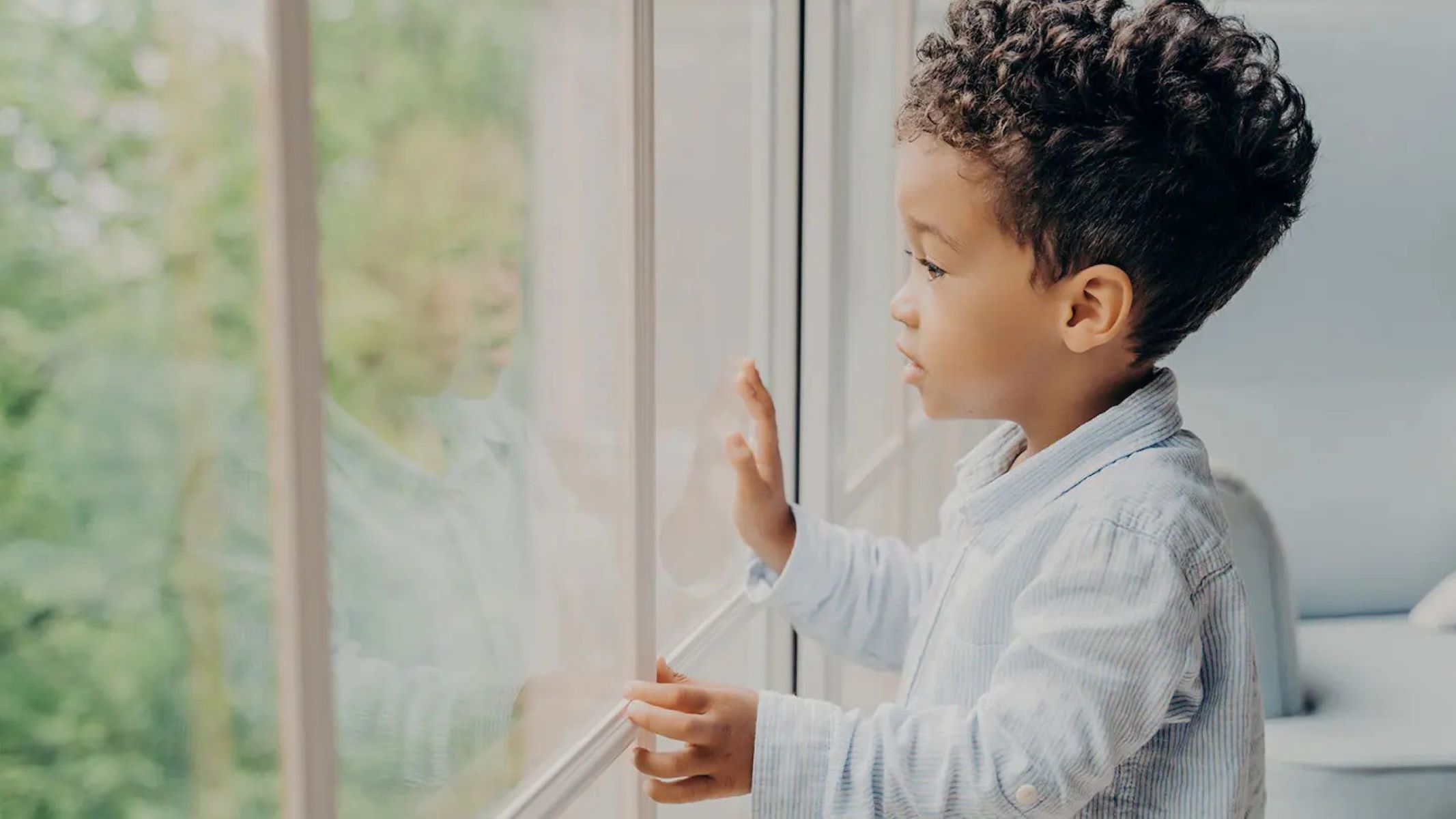
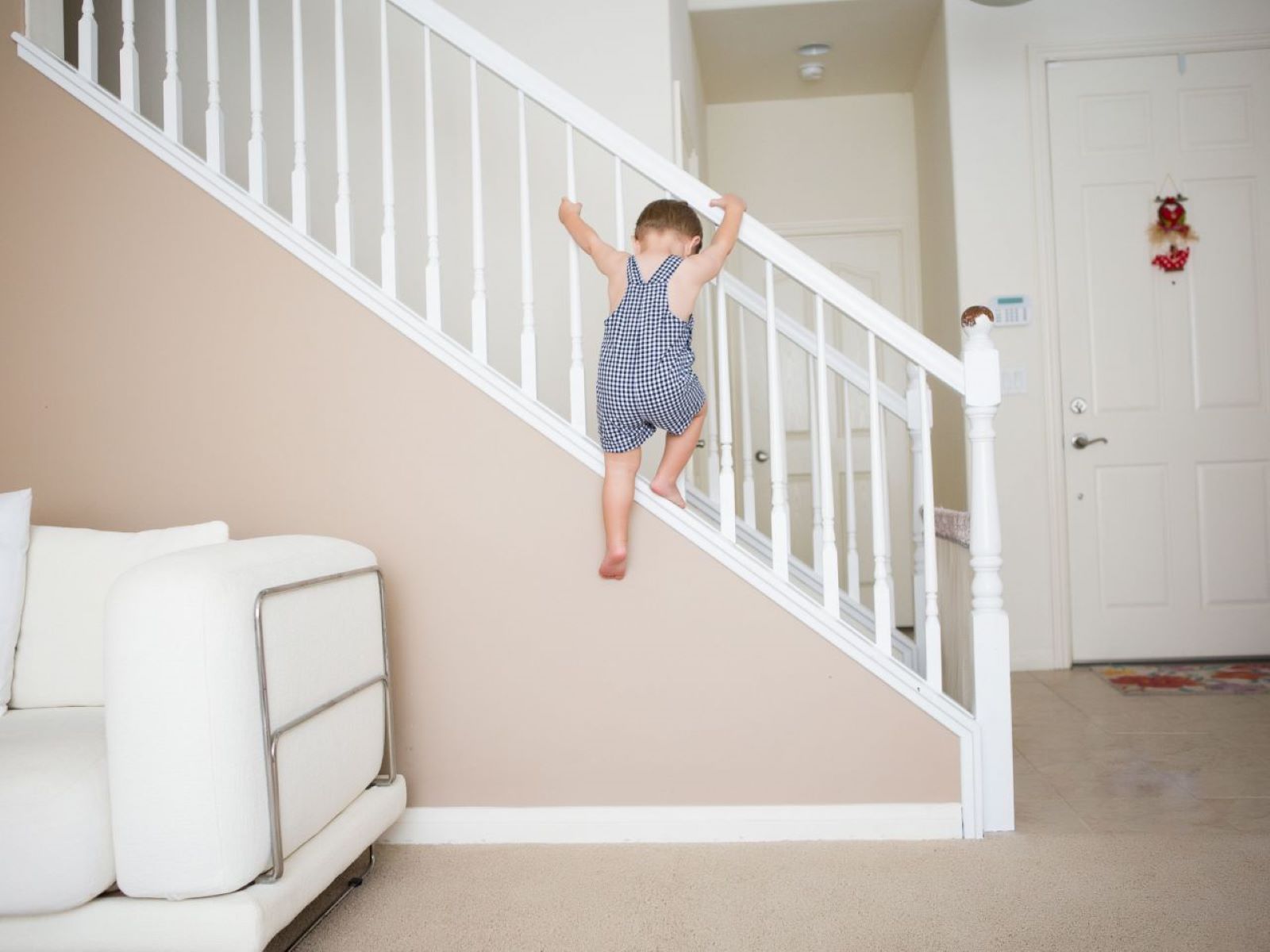
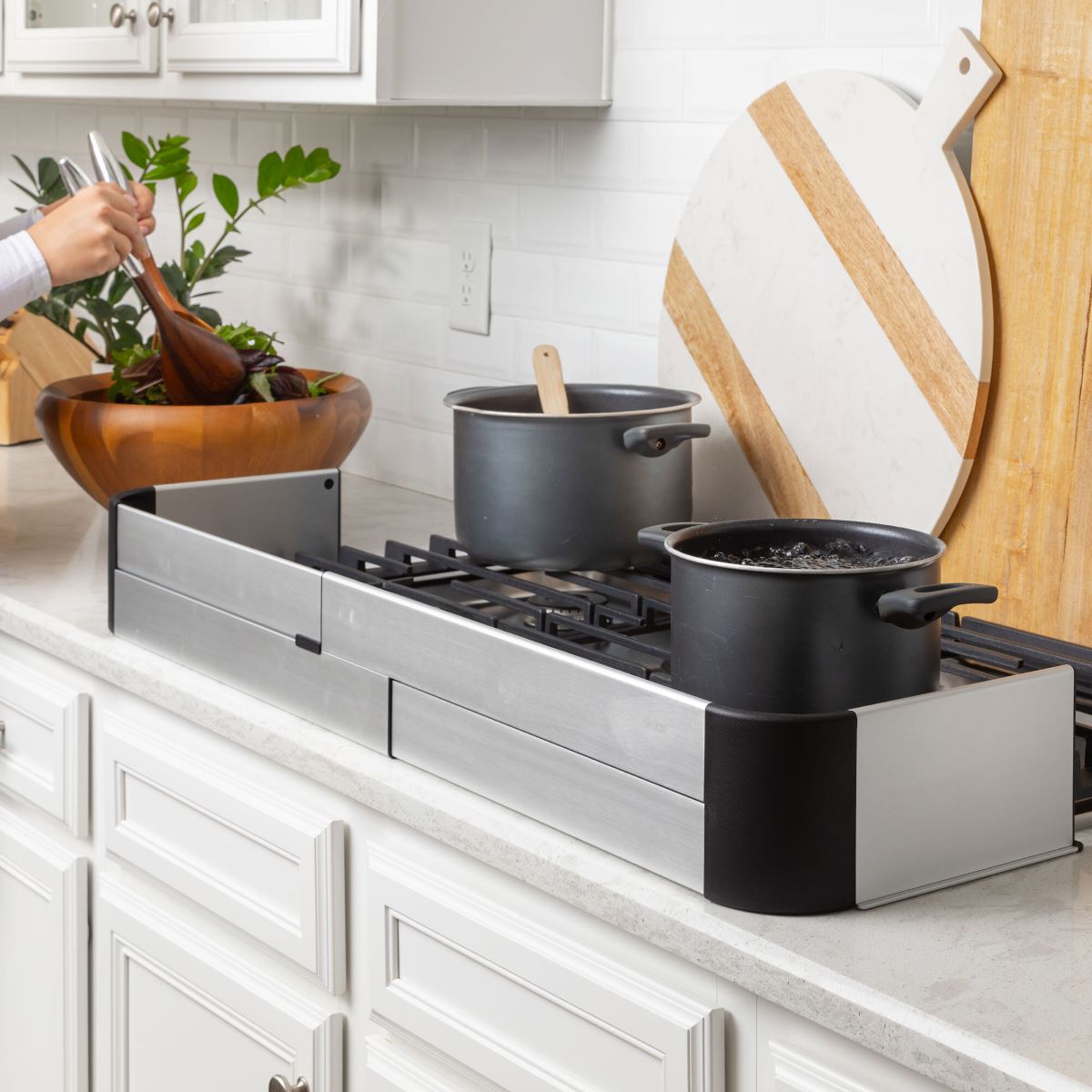
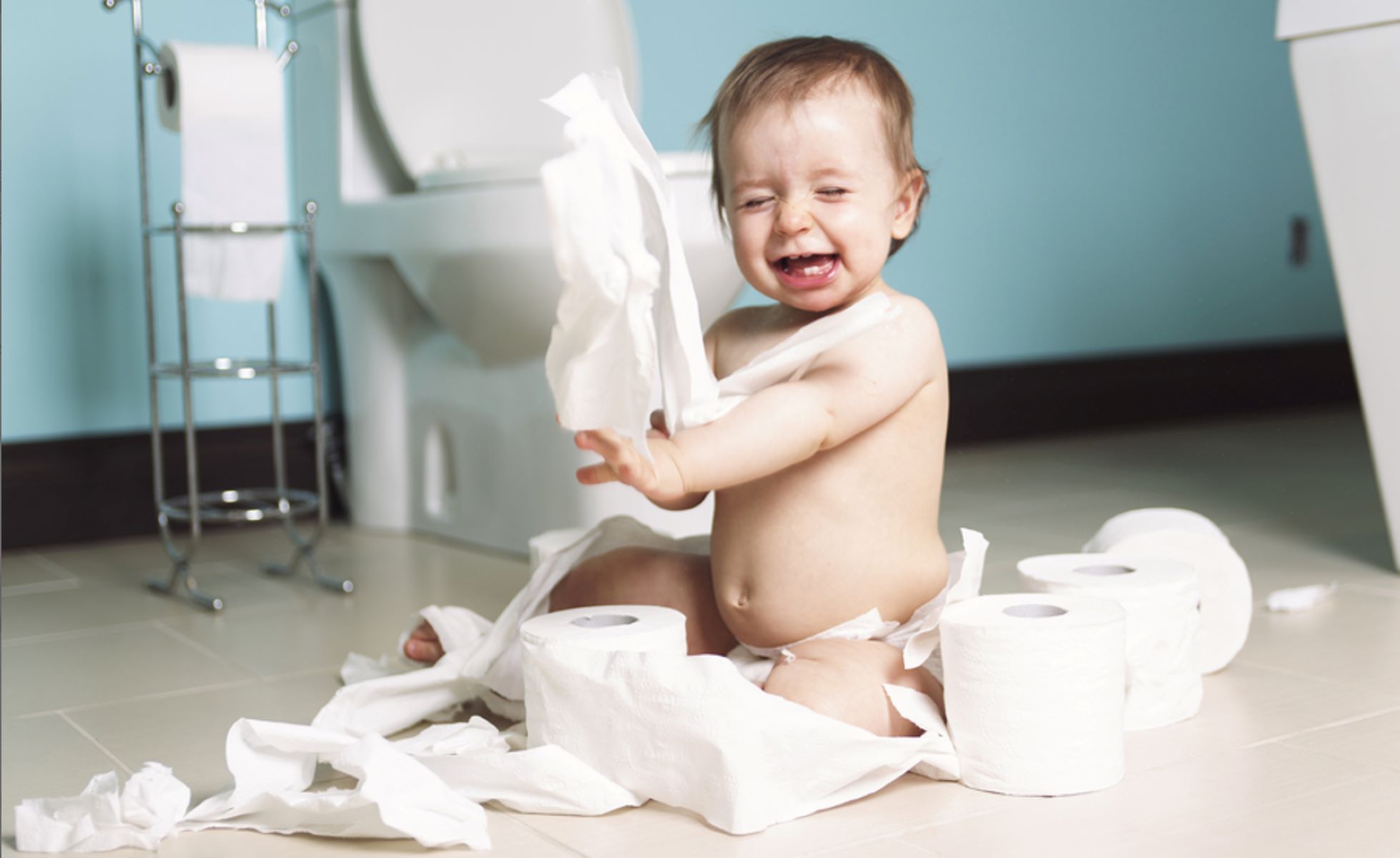
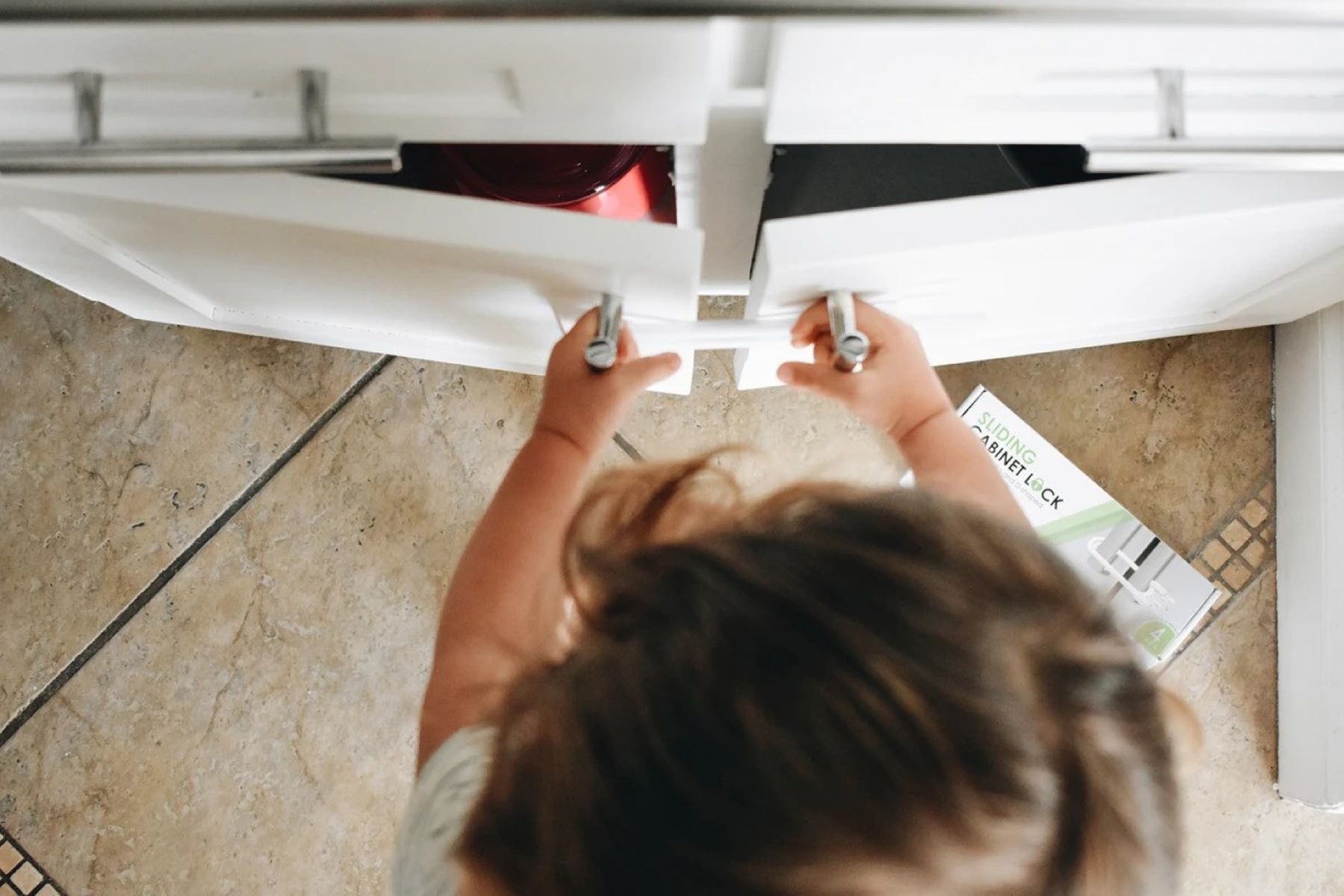
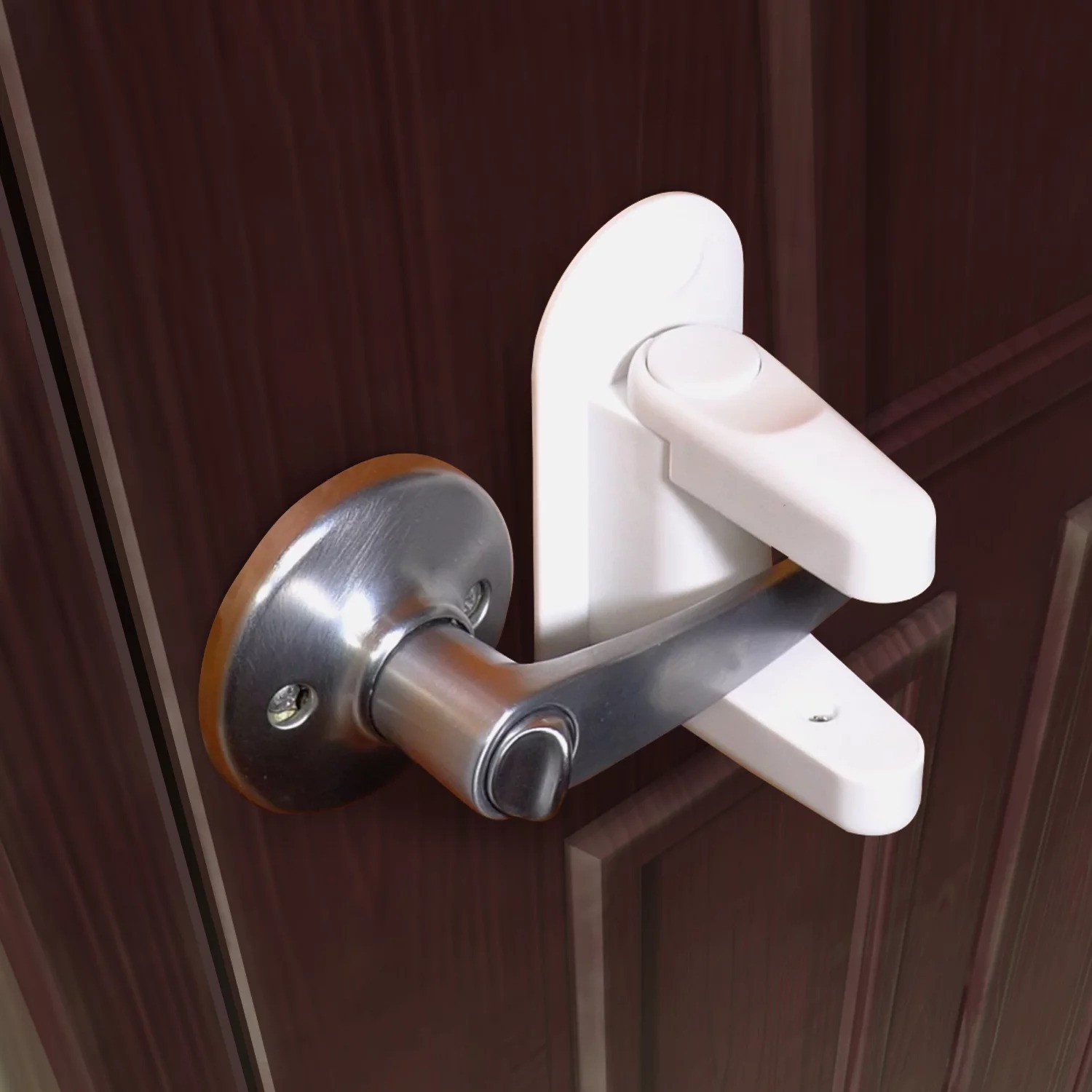
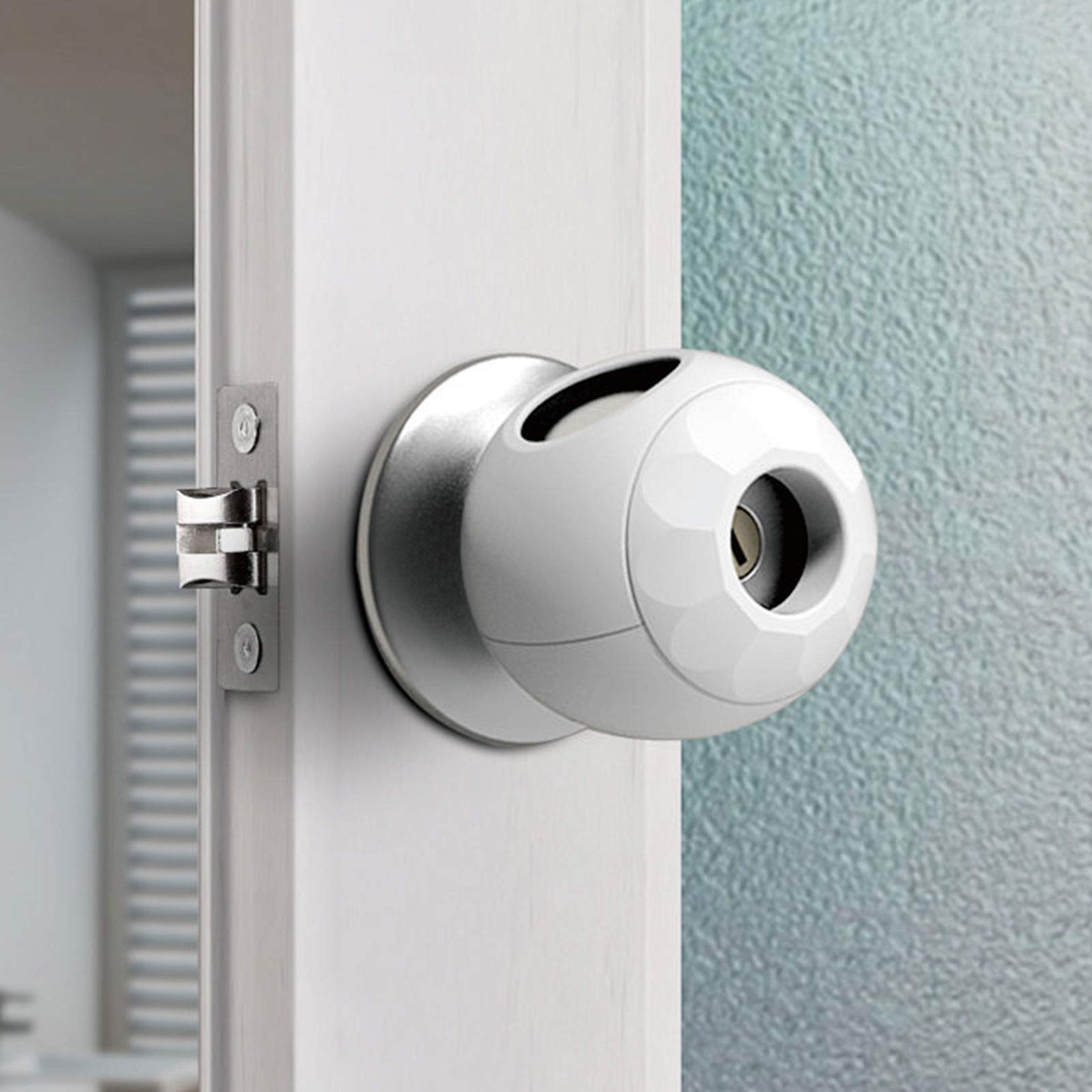
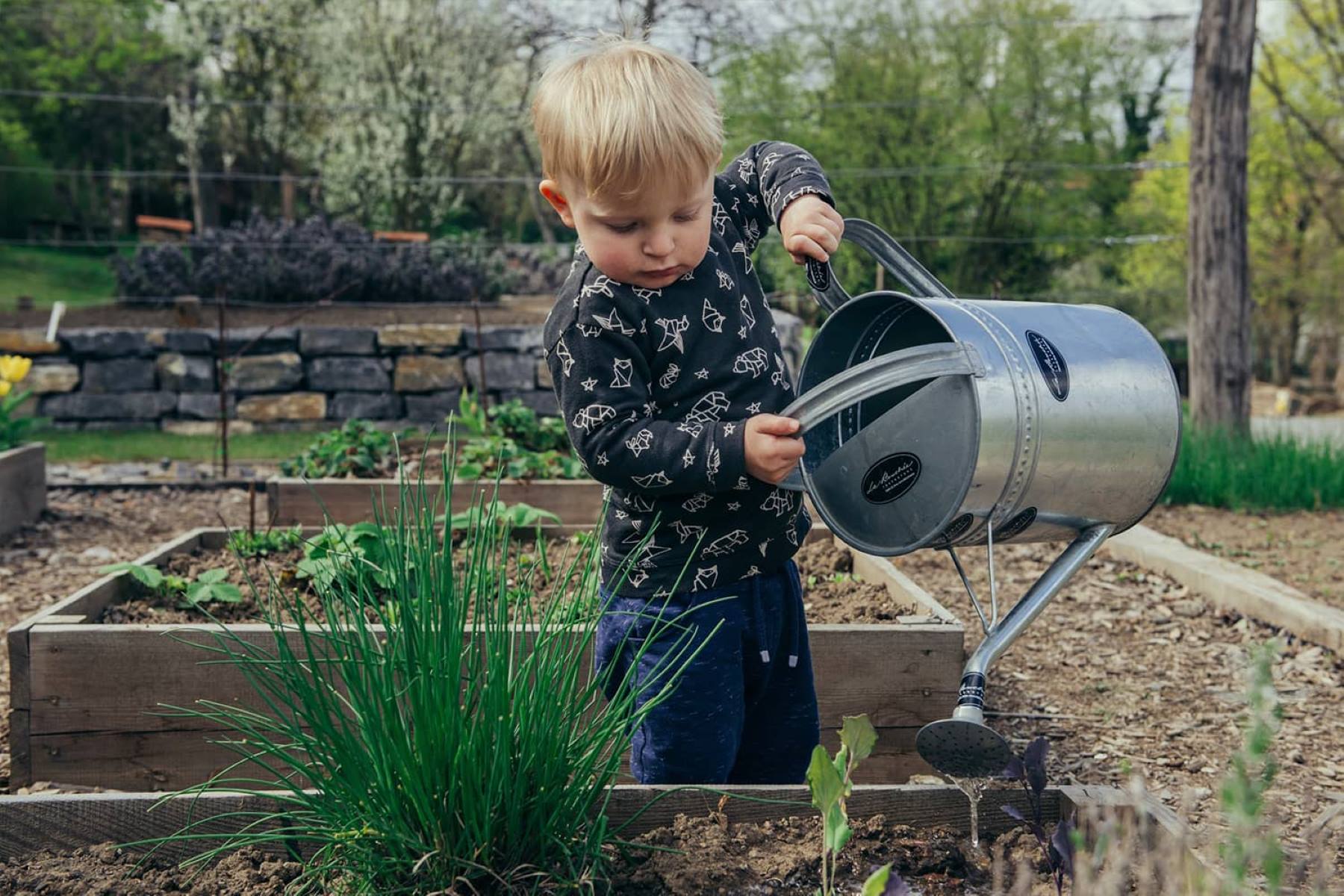
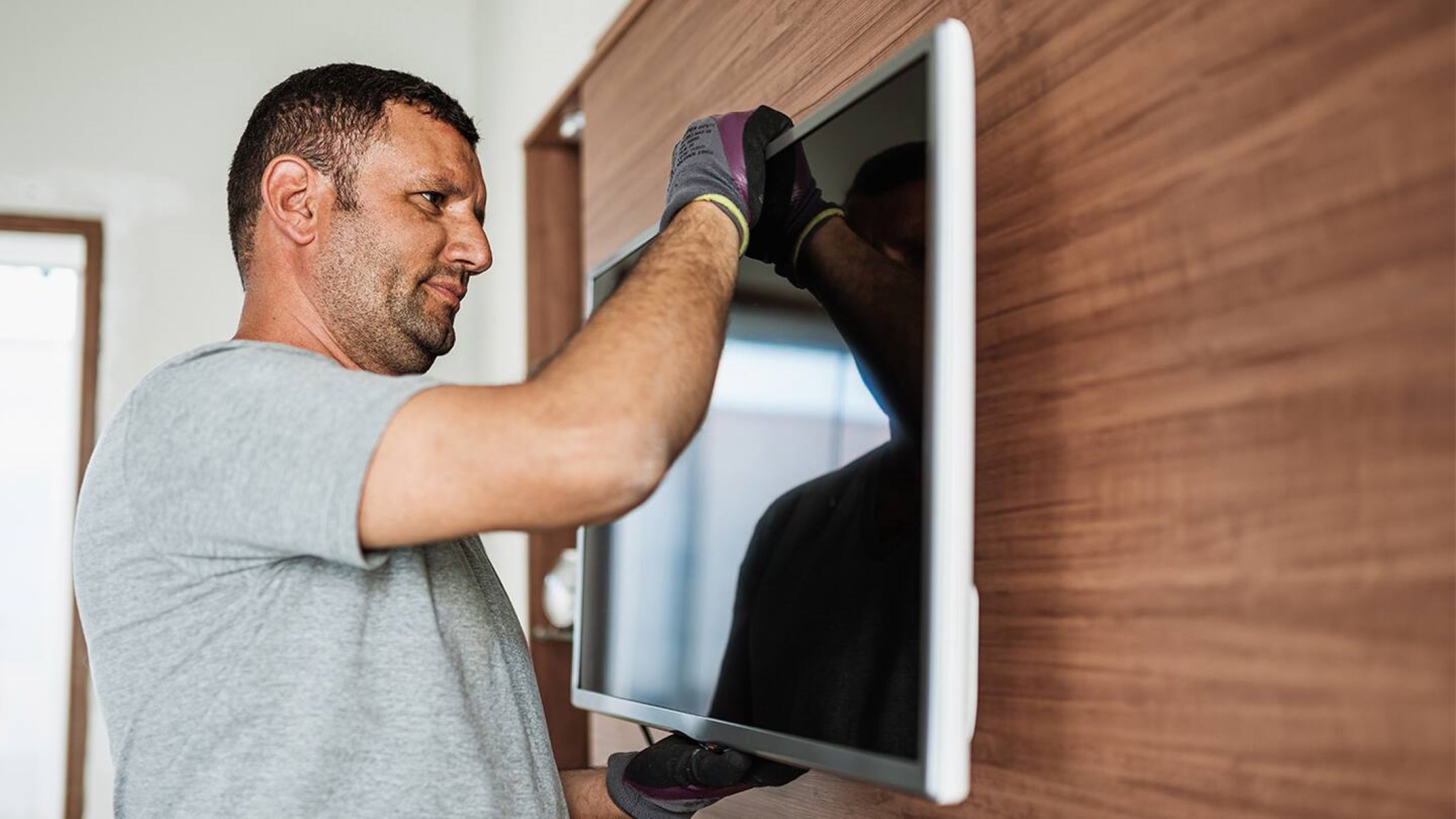
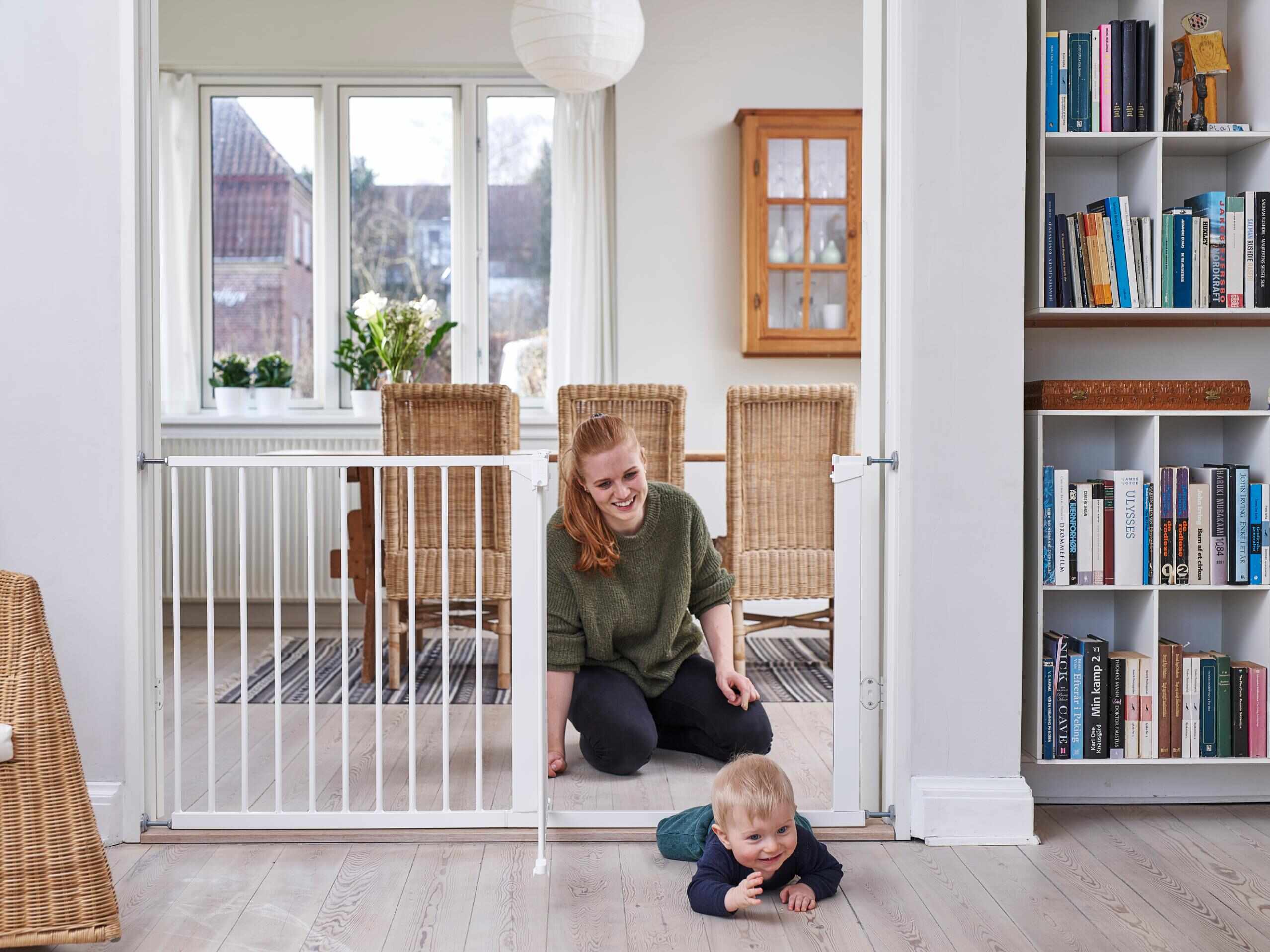
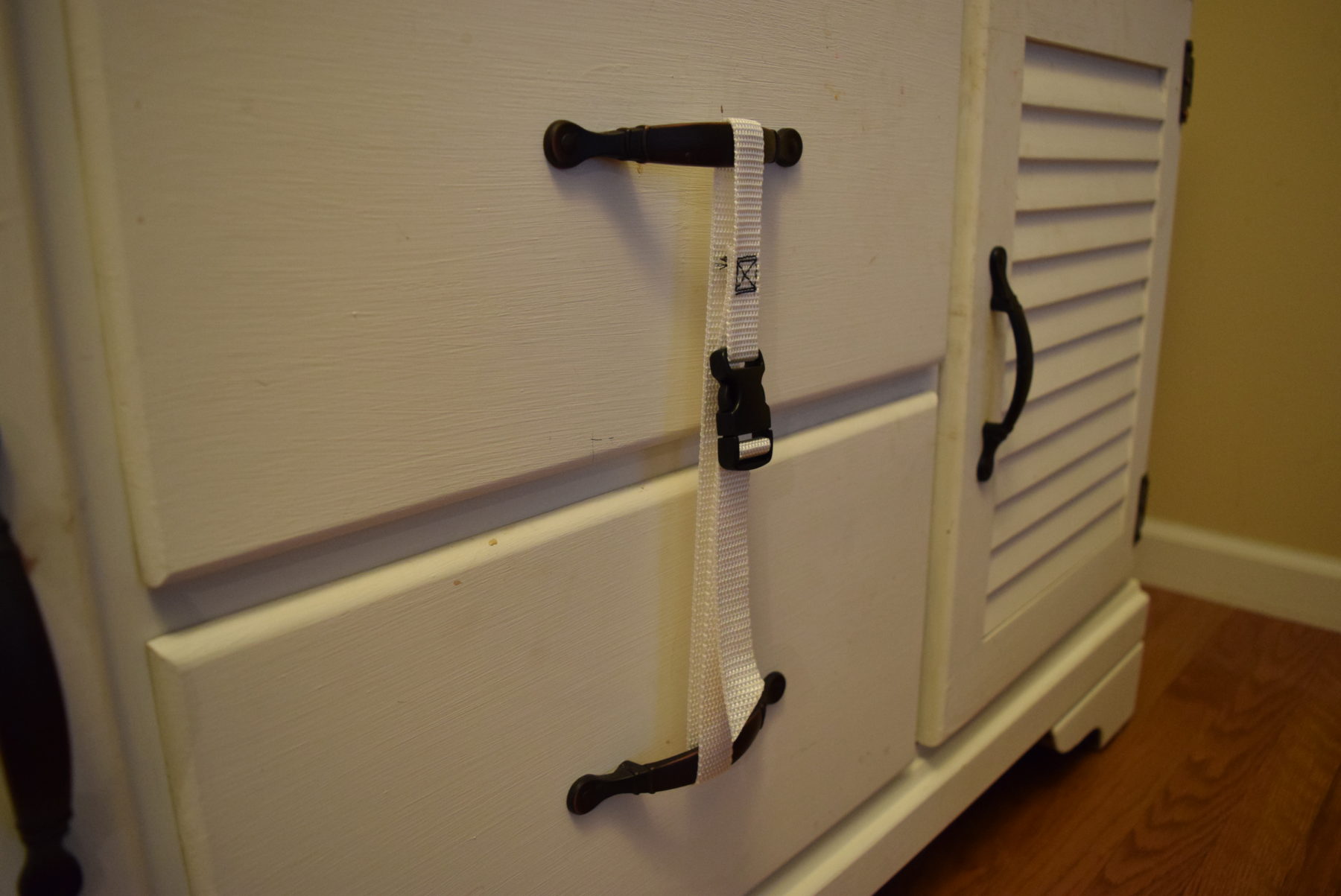
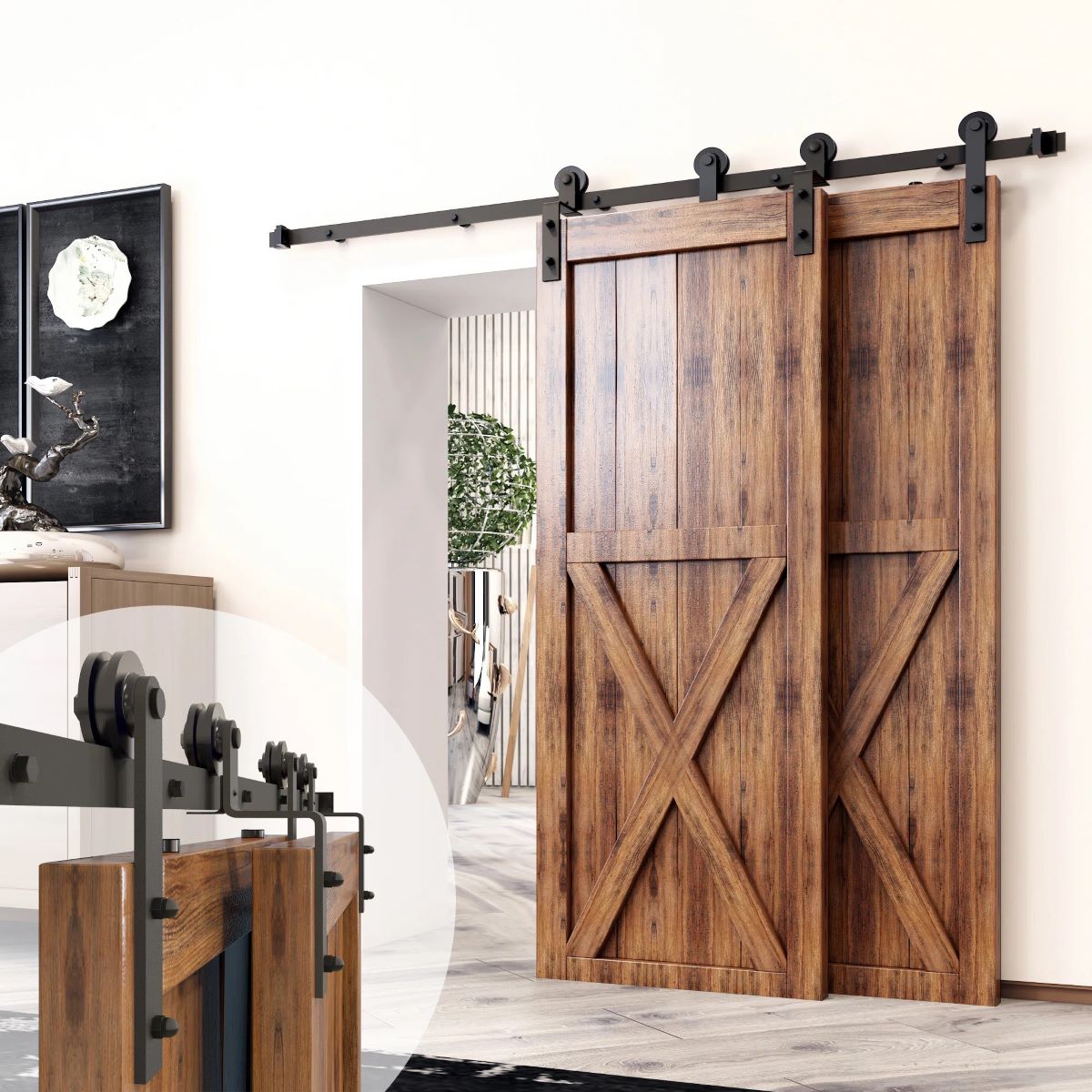

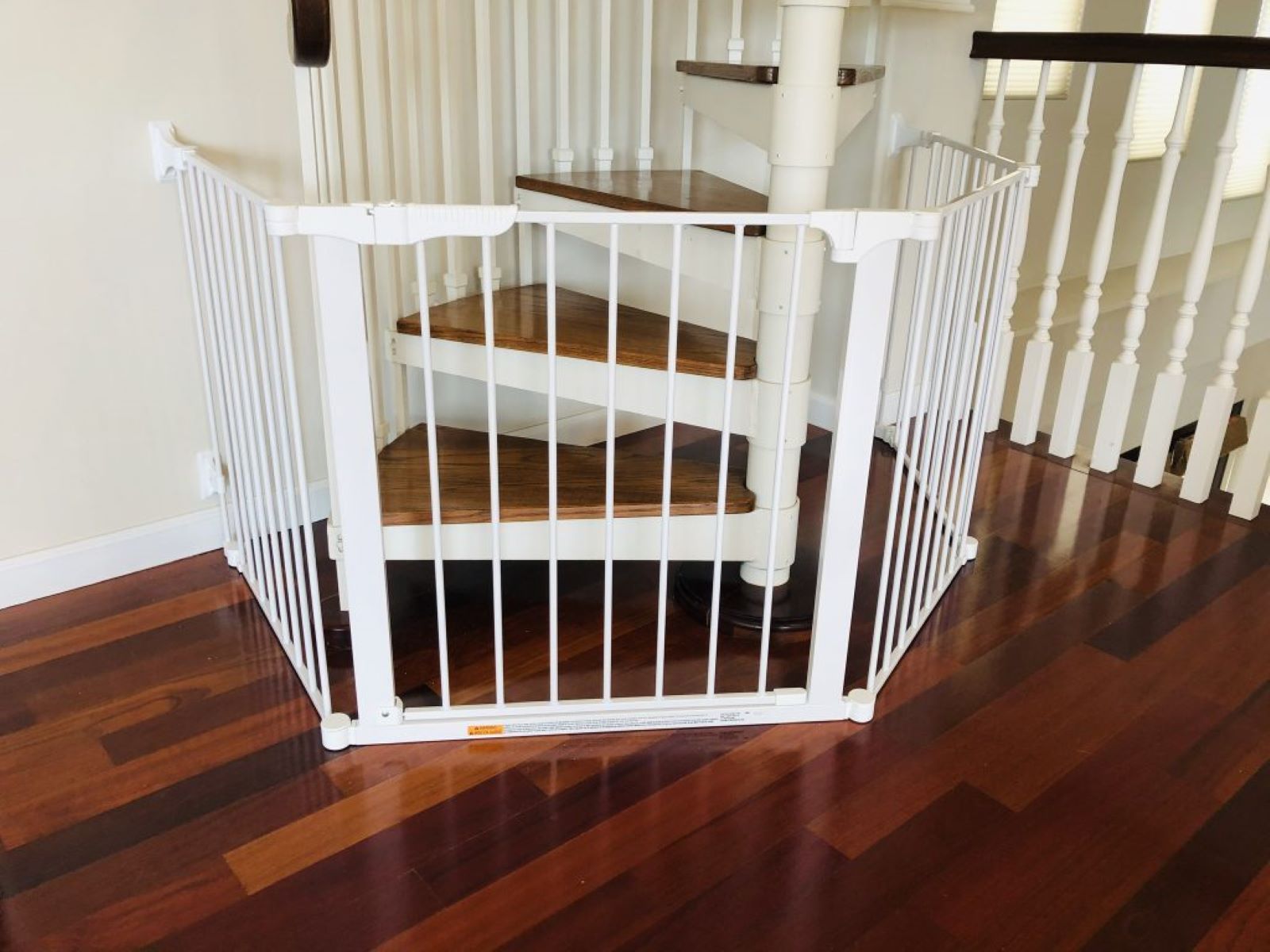

0 thoughts on “How To Childproof A Bedroom”